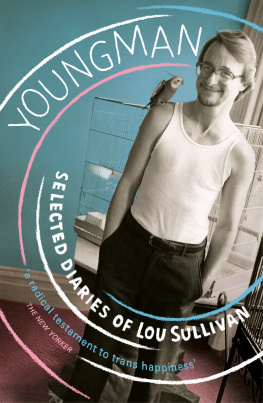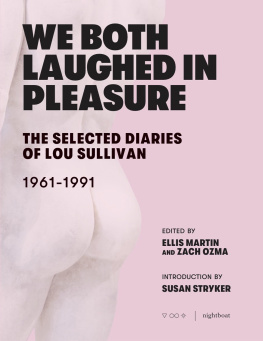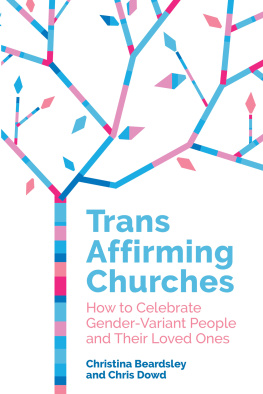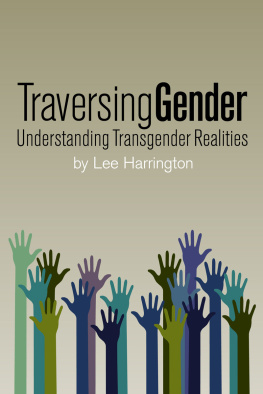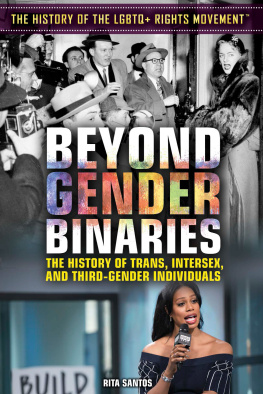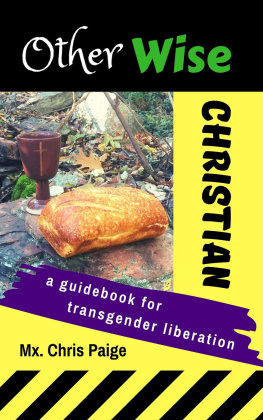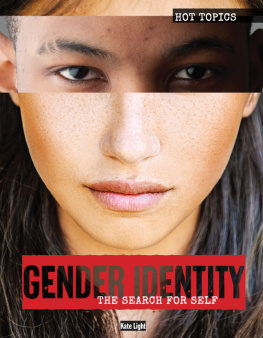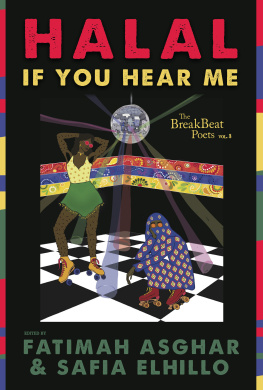Footnotes
January 1961 June 1969
Most of Sullivans earliest entries began Dear Diary. To improve readability of the text, we have removed many of these instances.
John Sullivan, Lous brother
Catholic Youth Organization
English actor who dated Paul McCartney
Lead singer of the Velvet Whip
September 1970 January 1975
University of California, Berkeley
Eldon Murray
Gay Peoples Union at University of WisconsinMilwaukee
Transvestite / Transsexual
Alyn Hess
Transvestic, meaning possessing transvestite-like qualities. Term typically used in a medical context.
July 1976 January 1977
Oswell Blakeston, The Male Muse: A Gay Anthology (1973)
Sex Change Uproar in Emeryville article about Steve Dain taped in diary
Sullivan worked at Wilson Sporting Goods
February 1977 June 1981
The 21-year-old subject of a landmark 1975 court case in which Quinlans parents fought to remove her from artificial respiration after she entered a permanent coma.
Hairstyle called a Ducks Ass
Gentile use of schtick
No complications
Information for the Female-to-Male Crossdresser and Transsexual (1980)
June 1981 January 1982
Sullivan worked at Bechtel, an engineering, procurement, construction, and project management company.
February 1982 November 1986
Married Jack Sullivan after divorce from Nancy Sullivan
) similar to contemporary metoidioplasty.
December 1986 March 1991
Entry written in April
Basketball player who played for the Boston Celtics
Elizabeth Marshall
The 1989 Loma Prieta earthquake
Educational Transvestite Chapter
I had had nothing to eat all day, having forgotten about such things in the excitement of getting away, and, growing so weak from seasickness that I could hardly stand, I longed for a place to lie down. JBG, quoted by Lou on page 121 of From Female to Male
Last entry dated 2/27/91
Lou Sullivan
YOUNGMAN
Selected Diaries 1961-91
EDITED AND SELECTED BY
Ellis Martin and Zach Ozma

My Own Interpretation of Happiness An Introduction to the Journals of Lou Sullivan
by Susan Stryker
Words cannot adequately express how excited (excited!) I am that Lou Sullivans journals are finally being published.
I never met Lou in the flesh, but for nearly 30 years hes occupied a huge place in my life, both as a fellow trans person as well as an historian of LGBTQ+ experience and a theorist of gender. I have been gratified to see how many other people have been similarly inspired by the life Lou led and the legacy he left. Im over the moon that Ellis Martin and Zach Ozma have finally brought his wordsin all their vitality, humor, earnestness, heartache, sexiness, fierceness, and unflinching honestyto an audience that is sure to appreciate them as much as I (and they) clearly do.
Id seen Lous book, Information for the Female-to-Male Crossdresser and Transsexual, back in the day, circa 1990, on the same bookstore shelves in San Franciscos Castro and Mission neighborhoods where I was cruising for less-medical, more-community-based 411 on what was then called male-to-female transsexualism. Lous book wasnt the one I was personally looking for as I plotted my own social gender transition, but I was glad it was out there for all the former-butches-becoming-guys I had met through the Bay Areas leather community. There was a groundswell of attention to FTM and transmasculine issues in the circles I was moving in around that timesome of it gorgeously documented in the photographer Catherine Opies still-magnificent Being and Having portrait seriesbut a real dearth of information about how the trans experience was different for guys at the dawn of the contemporary transgender scene. Lou was ahead of that curve, by more than a decade, in pulling together informational resources for what was then a tiny community of self-identified trans men.
I remember chatting with a guy named Shane at a play party in a dungeon on 14th Street who told me how a bunch of trans men were taking care of Lou, who was pretty sickcommon code words for being in the terminal stages of AIDSand me saying that Id like to meet him if there was a chance. Shane said Lou wasnt meeting new people anymore, that it was just too much for him to deal with. I shrugged. Oh, well. So it goes.
Its hard to convey to those who have come of age since the retroviral cocktails appeared in the mid-90s just how devastating the AIDS epidemic was before that, how shell-shocked we were, how inured we had become to the steady drumbeat of premature death as people dropped, seemingly daily, around those of us who would survive. To get some sense of scale, read the obituaries for these years in the Bay Area Reporter, which are available online. Back then, if you wanted to mourn somebody you needed to take a number and get in line. Losing Lou so early was a tragedy, but a routine one. Its appalling what one can get used to and come to consider normal.
Not too long after that dungeon conversation, sometime in 1991, I showed up at what was then still called the Gay and Lesbian Historical Societythe B and T wouldnt be appended for another half-decade. I announced to the regulars at the then-five-year-old organization that I was in the process of both gender-transition and finishing my Ph.D. in U.S. History at UC Berkeley, and that as a soon-to-be-public trans woman I had somewhat less than a snowballs chance in hell of getting an academic job, and wanted to immerse myself in community-based history, focusing on transgender history. The first words out of the mouth of archivist Willie Walker, the organizations principal co-founder, were Great! One of our founding members, Lou Sullivan, died recently, and you can learn to be an archivist by processing his personal papers and preparing them for public use. And so I did.
Lous papers are a historically significant body of materials that documents the emergence of a national transmasculine community, and Im forever honored to have been the one to put them in order and to write the finding aid that still provides guidance for researchers seeking to access their content. His journals are the crown jewels of that treasure trovethey intimately chronicle his 30-year evolution from ten-year-old Catholic schoolgirl in Milwaukees suburbs to gay man dying of AIDS in San Francisco, and offer one of the most complete, and most compelling, records of a trans life ever to have been produced.
In 1991, as I was winding down my public life as a young man and starting a more authentic one as a woman, Lou was my posthumous boon companion. Reading his journals was an ongoing compare-and-contrast exercise as I measured my self-perceptions and experiences as a trans lesbian against his as a gay trans man. Reading Lous words again now, for the first time in many years, takes me back to when I first fell in love with him, watching him grow up and discover himselfhis childhood Beatlemania, his boy craziness, his sex fantasies and teenage guilt, his countercultural tendencies and political awakening, his passion for drag queens and rock and roll, his growing sense of being kinky and trans and having no language for it. Lou, writing in isolation but reaching boldly for the deep truth of his own self-knowledge, forged a unique language for his transness that still speaks profoundly to me today.
At age 13, Lou wrote I wanna look like what I am but dont know what someone like me looks like. I mean, when people look at me I want them to thinktheres one of those people that has their own interpretation of happiness. Thats what I am. Those words have stayed with me for decades, and in the intervening years I have still found no better way of expressing what it means to be trans. I see in them the suggestion that we are primarily our own interpretation of happiness and only secondarily the men or women we were assigned to be, or the people we became.

